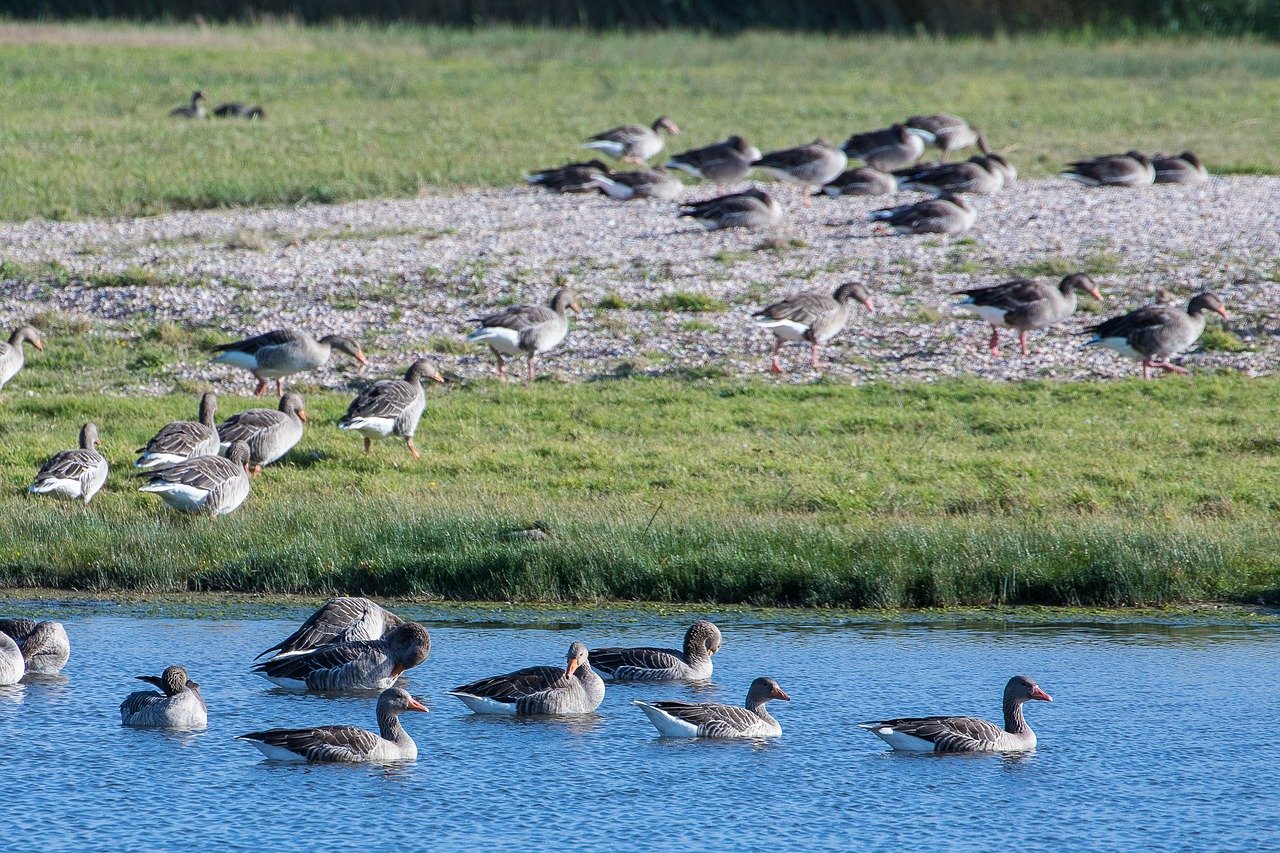En arbetsmodell för att förebygga skador på gröda orsakade av växande gåspopulationer i Sverige
DOI:
https://doi.org/10.34080/os.v20.22628Nyckelord:
Anatidae, lantbruk, engagemang, djurskötsel, konflikt mellan människa och djurAbstract
The populations of several goose species have increased rapidly in Sweden, as well as in other parts of Europe, particularly during the last decade. As a consequence, the damage caused by the birds to commercially grown agricultural crops has increased. In 2008, the Swedish government paid about €500,000 for preventive measures and subsidies to affected farmers. To reduce the economical losses and conflicts between the geese and humans, it is necessary to establish and maintain communication between the different interest groups and to implement measures to prevent the damage. We here present a working model, which is currently used for reducing human–geese conflicts in Sweden. The working model is based on the initiation of management groups which may develop a management plan on the basis of information collected about the behaviour of the birds and the temporal and spatial variations of crop damage caused within local areas. We give an overview of the preventive measures taken within these plans and discuss how effective they may be to reduce conflicts between geese and humans.
Nedladdningar

Downloads
Publicerad
Referera så här
Nummer
Sektion
Licens
Copyright (c) 2010 Mikael Hake, Johan Månsson, Anne Wiberg

Det här verket är licensierat under en Creative Commons Erkännande 4.0 Internationell-licens.
Författaren/författarna innehar copyright för varje enskilt bidrag, men samtliga bidrag är publicerade under en Creative Commons-licens, så att vem som helst kan dela och återanvända bidraget förutsatt att copyright-innehavaren erkänns.







